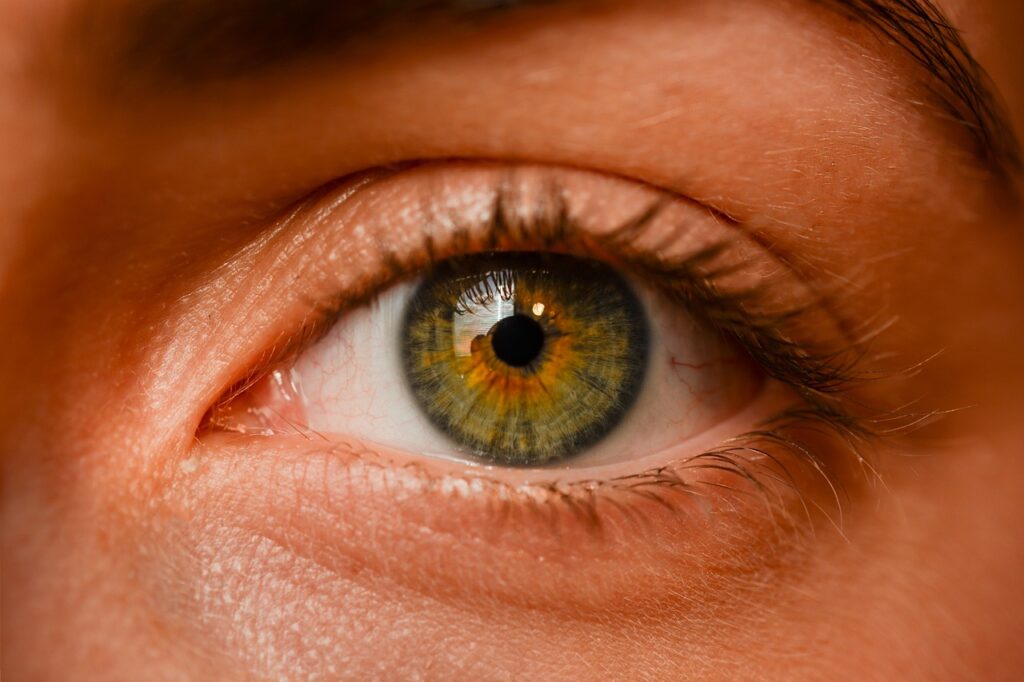Everyone knows smoking is bad for your health. But did you know it’s also bad for your eyes?
Smoking can cause several serious problems for your eyes, including cataracts, glaucoma, and macular degeneration.
Smoking causes damage to the blood vessels in the eye, which can lead to cataracts. Cataracts are a condition where the lens of the eye becomes clouded, making it difficult to see clearly. Smoking also increases the pressure in the eye, which can lead to glaucoma.
Glaucoma is a condition where the optic nerve becomes damaged, leading to vision loss.
Finally, smoking causes damage to the macula, which is the part of the eye responsible for central vision. Damage to the macula can lead to macular degeneration, a condition that causes vision loss.
So if you’re worried about your eye health, it’s time to quit smoking. Your eyes will thank you for it!
Harmful chemicals found in cigarettes

Most people are aware that cigarettes contain nicotine, tar, and other harmful chemicals.
But did you know that cigarettes also contain Hydrogen cyanide, Formaldehyde, Lead, Arsenic, Ammonia, and Benzene?
These chemicals are highly toxic and can cause serious health problems.
Nicotine is addictive and can increase your heart rate and blood pressure. Tar can damage your lungs and cause cancer. Hydrogen cyanide can cause respiratory problems and formaldehyde can damage your DNA.
Lead is a neurotoxin that can damage your brain and nervous system. Arsenic is a poison that can cause cancer. Ammonia is a corrosive gas that can irritate your lungs.
And Benzene is a carcinogen that can cause leukemia.
So next time you reach for a cigarette, remember all of the harmful chemicals that you’re inhaling.
How smoking damages the eyesight

Smoking is well-known to be harmful to overall health, but many people are unaware of the damage it can do to vision.
Studies have shown that smokers are more likely to develop vision problems, including age-related macular degeneration and cataracts. Smoking can also lead to Dry Eye Syndrome, a condition that causes the eyes to produce fewer tears, leading to irritation and vision difficulties.
In addition, smoking has been linked to glaucoma, a condition that damages the optic nerve and can lead to blindness. Because of the many ways smoking can damage vision, smokers need to be aware of the risks and take steps to protect their eyesight.
5 tips on quitting smoking
Quitting smoking is no easy task, but it’s worth it. Here are a few tips to help you on your journey:
1. Set a date to quit and stick to it. This will help you to mentally prepare for the challenge ahead.
2. Tell your friends and family about your decision to quit. They can provide support and encouragement when you need it most.
3. Avoid trigger situations. If there are certain places or times of day when you’re more likely to smoke, do your best to avoid them.
4. Have a plan for dealing with cravings. When a craving strikes, try deep breathing or relaxation techniques to help get through it.
5. Seek professional help if needed. Sometimes it’s helpful to talk to a therapist or counselor who can give you additional tools and support.
By following these tips, you’ll be well on your way to quitting smoking for good!
Why smoking is bad for your eyes

Smoking is one of the worst things you can do for your eyes. It dramatically increases your risk of developing several serious eye conditions, including cataracts, macular degeneration, and glaucoma.
Smokers are four times more likely to develop age-related macular degeneration than non-smokers. Not only does smoking damage your vision, but it also limits your ability to see clearly.
People who smoke are more likely to develop vision complications than people who don’t smoke. And if you already have 20/20 vision, smoking can reduce your ability to see clearly.
Smoking also puts you at risk of developing cataracts. Cataracts cause the lens of your eye to become cloudy, making it difficult to see clearly. If you smoke, you’re twice as likely to develop cataracts as someone who doesn’t smoke.
In addition to causing cataracts, smoking also increases your risk of developing glaucoma. Glaucoma is a condition that damages the optic nerve, which carries information from your eye to your brain. If you smoke, you’re three times more likely to develop glaucoma than someone who doesn’t smoke.
Smoking also makes it more difficult for your eyes to heal after surgery. If you need surgery on your eyes, you’re more likely to have complications if you’re a smoker.
So if you’re considering quitting smoking, there’s no better time than now to do it. Not only will quitting improve your overall health, but it will also help preserve your vision and prevent several serious eye conditions.
In conclusion, smoking is not only harmful to your overall health, but it also takes a toll on your eyesight.
The chemicals in cigarettes damage the delicate tissues in your eyes, resulting in vision problems like dry eye, cataracts, and macular degeneration. If you’re a smoker, quitting is the best thing you can do for your eye health.
Need help kicking the habit? Talk to your doctor about smoking cessation programs that can work for you.
In the meantime, schedule an annual comprehensive eye exam to check for any signs of damage from smoking.





1 thought on “3 ways smoking damages your eyes (and the chemicals inhaled)”
Pingback: 7 Simple Tips To Improve Your Eye Health | Change IWear
Comments are closed.